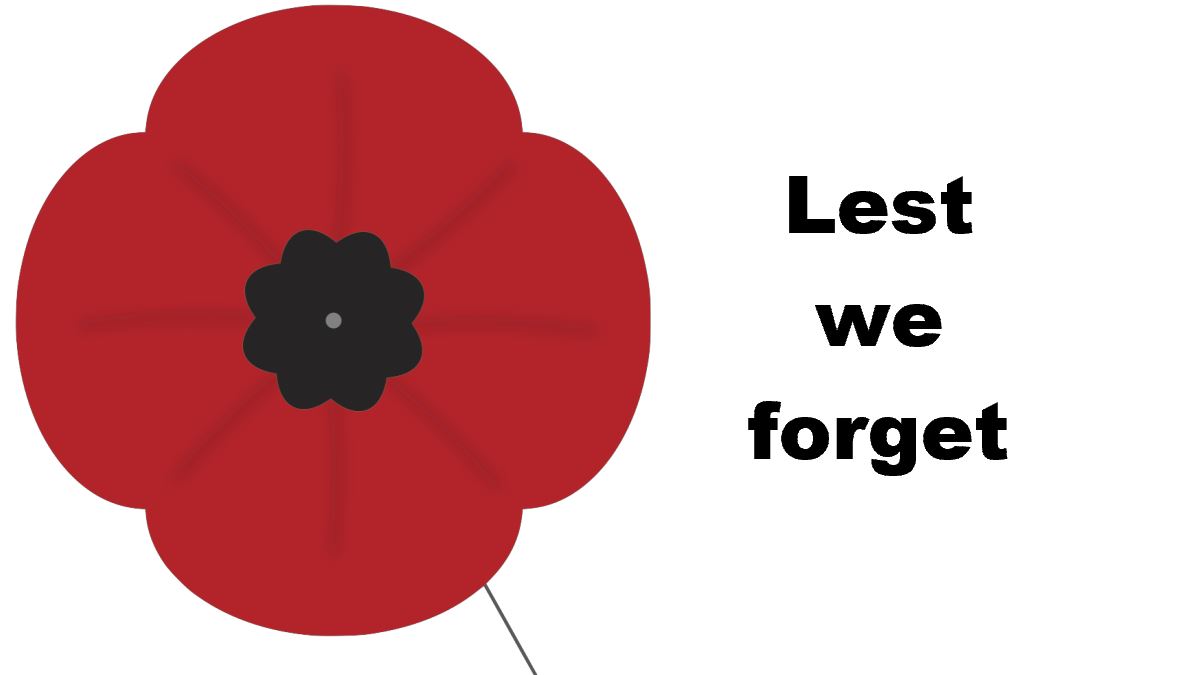When one studies the history of professional wrestling in North America, the number of travel-related deaths incurred by the boys (and girls) is staggering. While there appears to be no record of any wrestlers who ever died while travelling by train, the numbers lost in car or plane wrecks would easily fill more a sizeable book, if told in detail.
It happens that the bloodiest wreck in wrestling history came during World War II, when no less than half a dozen mat men died in a plane crash. It happened in France on March 3, 1945, about midway in a flight from England to Paris. Dead in the wreckage — along with ten other inhabitants of the plane — were George Mack, Jack Ross, Gerald (Kid) Chapman, Harold (Al) Sabath, Gaius W. Young and Ben Reuben, all of whom were taking part in a USO wrestling tour for the benefit of Allied troops. A seventh member of the troupe, Al Williams, apparently was not aboard the doomed plane and thus survived.
Al Williams photo courtesy Jim Melby
(Ironically, the European division of the Air Transport Command announced at the time that the accident marred a safety record of five million miles of flying by that division during which there had been no loss of life in a plane accident.)
Williams returned home to headline a Fred Kohler-promoted Chicago show at the end of the month, proceeds earmarked for the widows and children of his dead colleagues. Kohler apparently had struck the original deal with the USO, as all seven men were (or had been recently) working for his booking office. (Williams went on to wrestle around Chicago for many more years, becoming a fixture on the early national telecasts out of Marigold Garden as a tag-team partner for rough, tough Rudy Kay.)
The biggest “name” wrestler of the ill-starred troupe was Ben, or Benny, Reuben, a national AAU middleweight champion before World War I, who was chief trainer to Earl Caddock in the run-up to the latter’s world heavyweight title win over Joe Stecher in April 1917. Reuben, by then, had turned pro himself (at the insistence of the AAU, who accused him of working an exhibition with professional light heavyweight Ernest Kartje) and remained a top hand in the middleweight ranks for the next decade. He wrestled a series of major bouts with top stars of the era like Johnny Meyers, Mike Yokel, Walter Miller, Ralph Parcaut and Paul Prehn, among others.
Reuben, in fact, briefly claimed a version of the middleweight championship when he defeated Yokel in the late teens, only to lose the distinction in a subsequent tangle with Meyers. By the time of WWII, Reuben was working as a referee and booker in Kohler’s office, his prime wrestling days behind him.
Mack was another old hand who, more than a decade previously, had been an employee of the wrestling “trust” headed by Ed (Strangler) Lewis. In fact, during widely publicized 1927 hearings by the Illinois legislature into the veracity of wrestling matches, Mack had testified in defense of Lewis.
Chapman, although nicknamed “Kid,” was really no kid. He was 40ish, and had been working out of the Chicago offices of Kohler for nearly a decade, often billed as being from Texas. Sometimes, ballyhoo would declare him to be “the pride of the Panhandle.” Kohler always seemed to have a passion for billing wrestlers from Texas, whether they were or not. Sabbath was another man in his stable who was said to hail from the Lone Star State.
Young, variously known as Gay or Gaius, his full name, had played collegiate football at St. Cloud (Minn.) Teachers College before joining the wave of gridders that trooped into the mat business in the 1930s. Ross was probably the most travelled of the wrestlers who died in the crash. But, like all the rest, he had been working for Kohler’s office in the fall of 1944 when the deal was struck to join the USO-Camp Shows tour in February and March 1945.
In the more than threescore years that have passed since their deaths, the six grapplers listed above have become little more than a footnote to wrestling history. But, by contributing their lives, they assured themselves of a permanent place of honour on the roll of all those Americans who fought to win history’s most devastating world war.
Note: This article originally appeared in the 2005 Induction Program for the Pro wrestling Hall of Fame in Amsterdam, New York.
REMEMBRANCE DAY / VETERANS DAY STORIES

